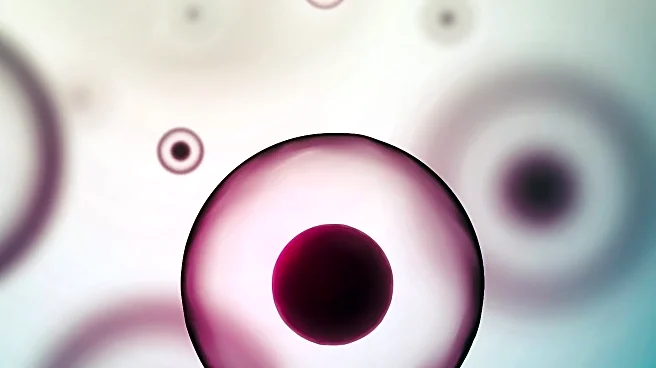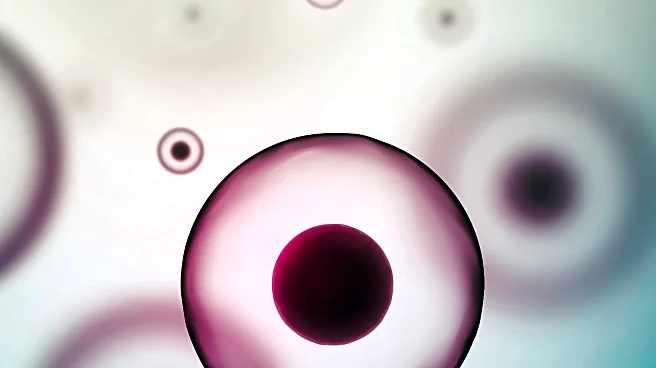What's Happening?
Natera, Inc., a leader in cell-free DNA testing, has announced a significant milestone in its EXPAND trial, with over 1,600 patients enrolled. The trial, initiated in 2023, aims to support Natera's Fetal Focus™ single gene noninvasive prenatal test (NIPT) for inherited conditions. This prospective, blinded, multi-site clinical trial includes diagnostic outcomes for all subjects, confirmed by genetic truth through prenatal or postnatal testing. The trial has enrolled a diverse, multi-ethnic population from leading academic medical centers and maternal fetal medicine clinics. Natera plans to release a large-scale analysis of the trial in the fourth quarter of 2025, following a successful initial readout earlier this year. The Fetal Focus test demonstrated 91% sensitivity and successfully identified all fetuses affected by challenging homozygous variants.
Why It's Important?
The EXPAND trial's progress is crucial for advancing prenatal testing, particularly when the biological father is unavailable for carrier testing. Fetal Focus provides a clinically useful alternative, addressing a significant unmet need in prenatal care. The trial's success could lead to broader adoption of Natera's testing methods, potentially improving outcomes for families and clinicians by offering additional insights during pregnancy. This development is significant for the healthcare industry, as it could influence guidelines and practices in prenatal testing, ultimately benefiting patients, providers, and payers by enhancing the accuracy and reliability of genetic testing.
What's Next?
Natera is expected to report a comprehensive analysis of the EXPAND trial in late 2025. The results could impact clinical guidelines and the adoption of noninvasive prenatal testing methods. Stakeholders, including healthcare providers and insurance companies, may respond by integrating these tests into standard prenatal care practices. The trial's outcomes could also influence future research and development in genetic testing, potentially leading to new innovations and improvements in prenatal diagnostics.










